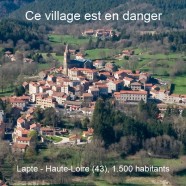Tianjin : business as usual
CMA CGM Christophe Colomb was at Tianjin from August 12 to August 17. The French container ship is expected at Southampton and Dunkirk on September 20 and 22. She has been exposed for a long time to the air pollution that followed the explosions and fires occuring from August 12 on at the logistic areas of the Chinese port.












